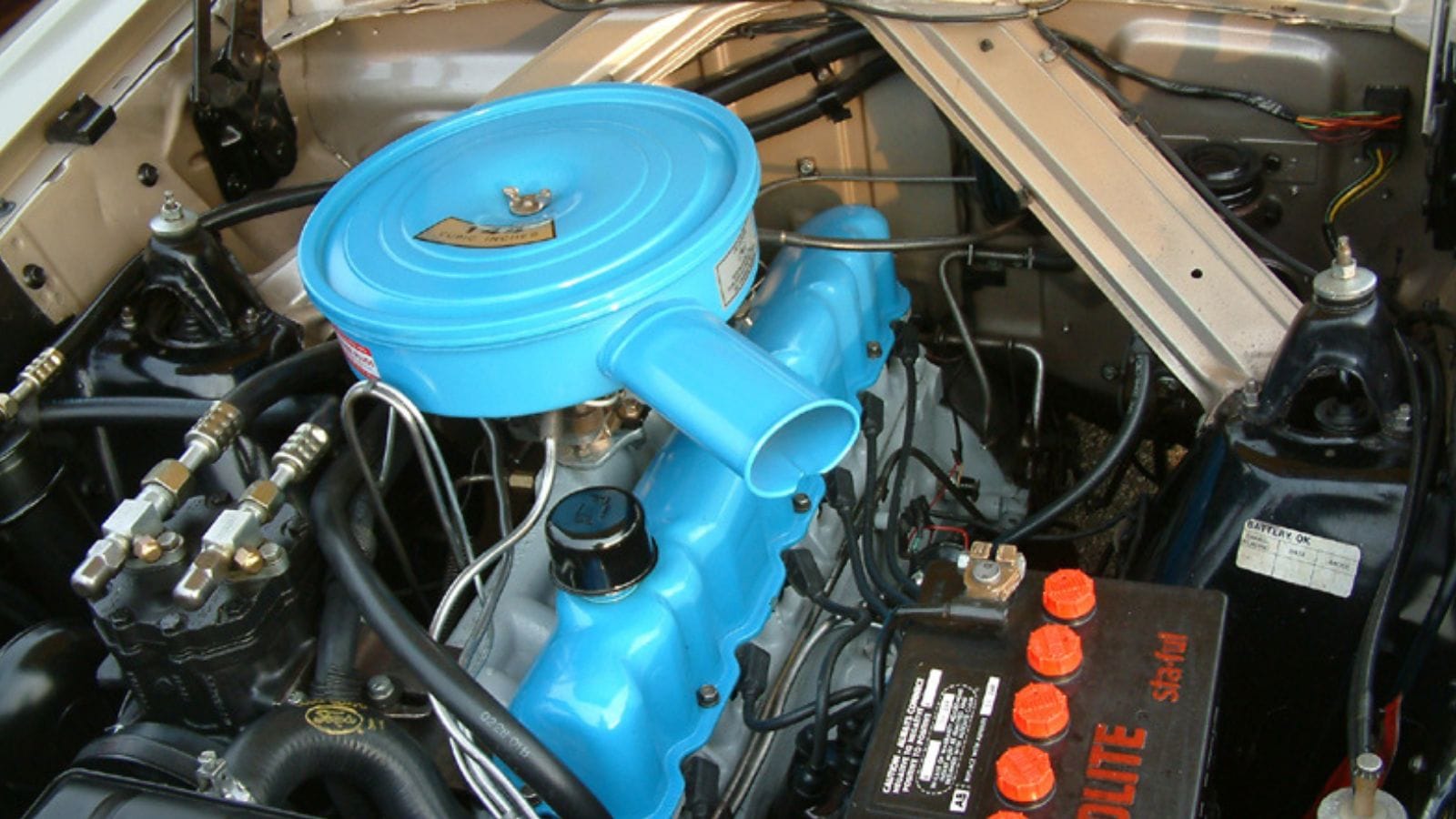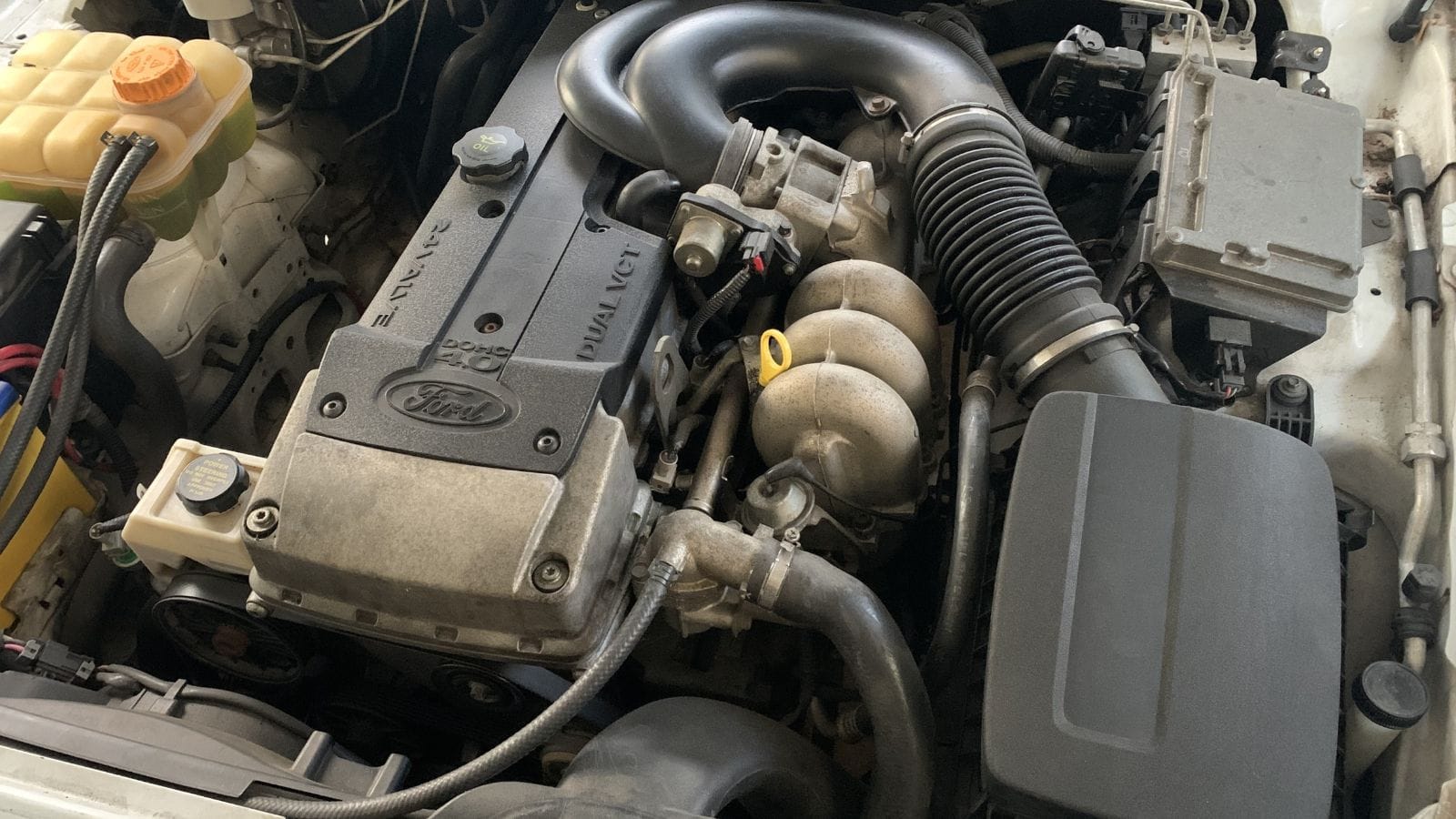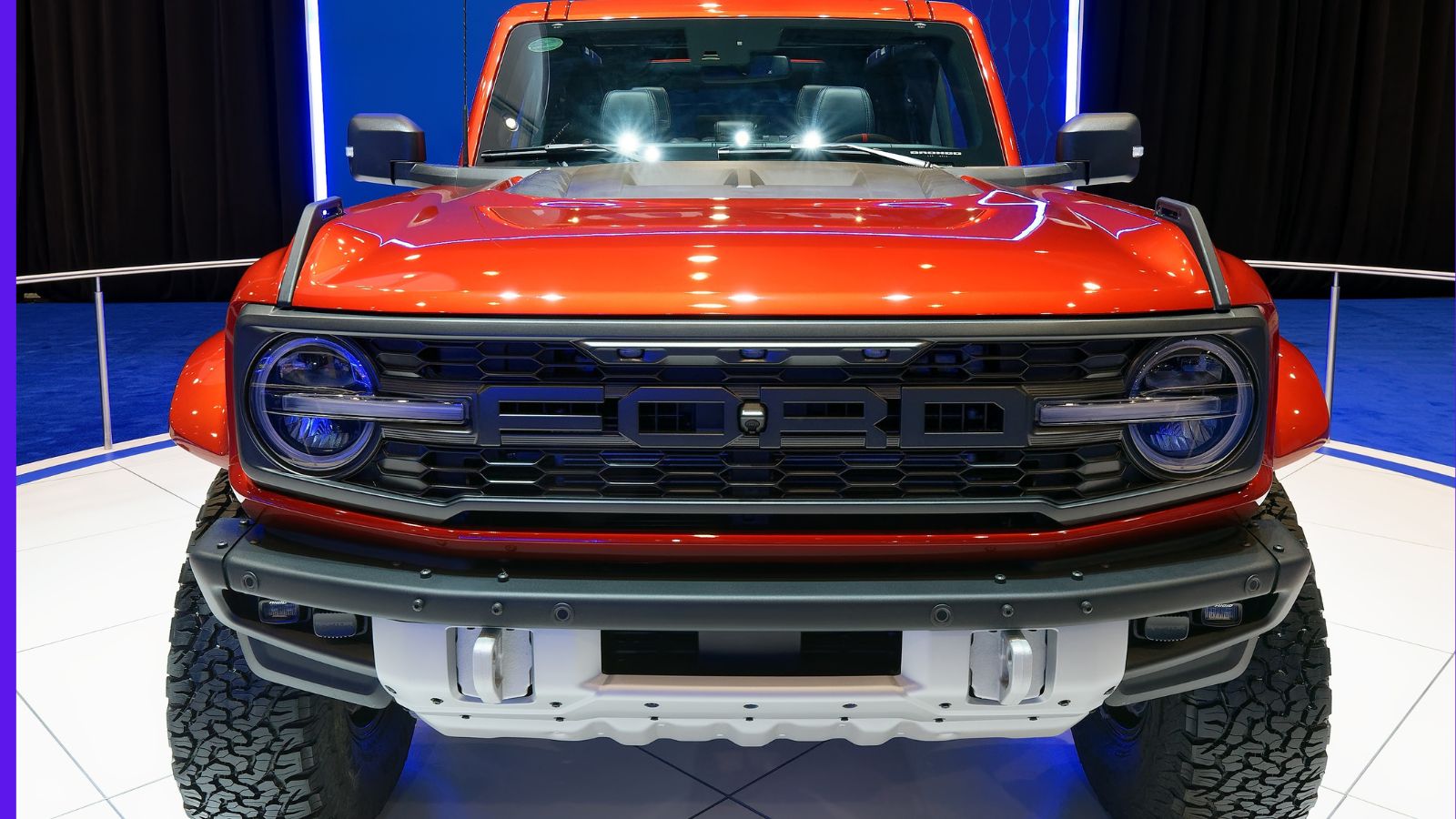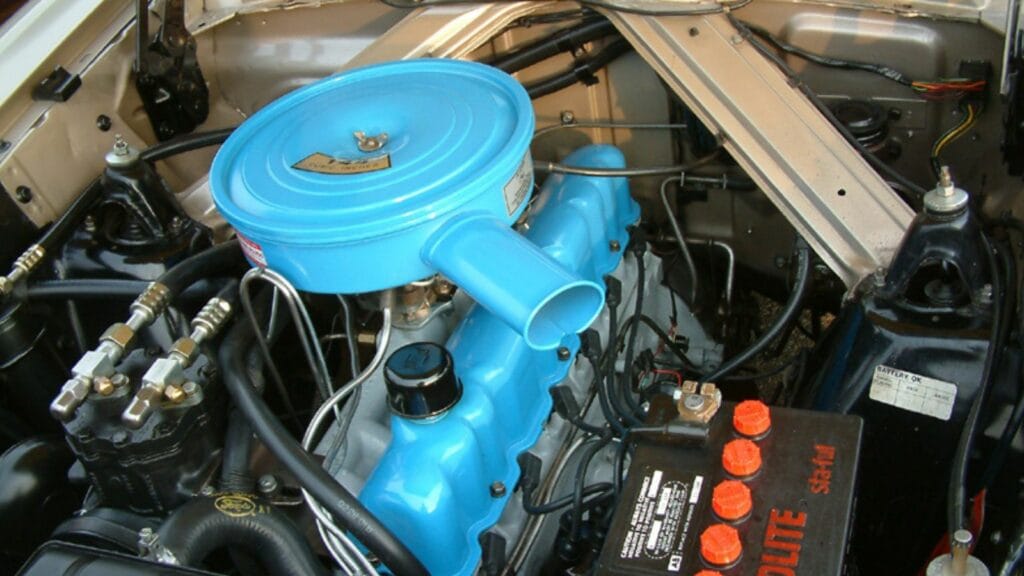For decades, Ford’s inline six-cylinder engines were trusted companions on farms, job sites, and highways across North America. Known for their durability and smooth operation, these engines earned a legendary reputation. But as vehicle design evolved, Ford made the tough call to retire its beloved inline six. What followed was a shift in engine philosophy that still divides enthusiasts today.
The Legacy of Ford’s Inline Six

The inline six-cylinder engine was a workhorse. Ford used variations of it in everything from the classic F Series trucks to full size sedans and even Broncos. One of the most famous versions, the 300 cubic inch straight six, became a legend thanks to its rugged simplicity and ability to rack up hundreds of thousands of miles with minimal maintenance. For many Canadians driving through brutal winters or hauling heavy loads, it was the engine you could always count on.
Smoothness and Simplicity

One reason people loved the inline six was how naturally smooth it ran. The layout creates perfect mechanical balance, reducing vibration without complex engineering tricks. It made these engines feel calm and unbothered, whether idling at a red light or climbing a snowy hill. They were also easy to work on. There was plenty of room under the hood, and the long block design kept everything accessible. Mechanics and weekend wrenchers alike appreciated the design for its straightforward repairs.
The Problem With Length
While the inline six had charm, it had one major weakness. It was long. In an era when cars were getting more compact and safety standards were rising, that length became a packaging nightmare. It made crumple zone design more difficult and often meant sacrificing interior space. It also made the engine difficult to fit into transverse mounting layouts that modern front wheel drive cars use. The longer engine bay just did not fit with the direction automotive design was heading.
V6 Takes the Spotlight

Ford turned to the V6 as the natural replacement for the straight six. V6 engines are much shorter and fit more easily in tight spaces, especially when mounted sideways in front wheel drive vehicles. While they did not have the same perfect balance, modern engine mounts and tuning helped smooth things out. They also worked well with automatic transmissions and offered decent torque for their size. As Ford’s cars shrank and safety standards increased, the V6 made more sense.
Enter the EcoBoost Era
In the 2010s, Ford pushed further by introducing its EcoBoost line of engines. These turbocharged units used smaller displacements to make more power while improving fuel economy. A 2.3-litre four-cylinder with a turbo could now outperform older naturally aspirated V6s and even rival the torque of the old straight six. EcoBoost engines found their way into everything from the Mustang to the F-150. On paper, they ticked all the right boxes, and they made it easier to hit emissions and fuel economy targets.
The Tradeoffs of Modern Engine Tech
The switch to modern power plants came with some drawbacks. While turbocharging allows for impressive performance and economy, it adds complexity. More sensors, more moving parts, and more electronic controls mean more things that can fail. Some drivers miss the simplicity and reliability of the old inline six. What you gained in modern performance, you sometimes lost in long term durability and ease of repair. And the sound and character of the engine just were not the same.
The Sound and Feel That Went Missing
There is something special about the tone of an inline six. The smooth growl as it pulls through the rev range is different from the grumble of a V6 or the whoosh of a turbo four. Ford’s straight sixes had a calm confidence to them, a feeling of old school strength that many drivers loved. Even the best modern engines cannot fully replicate that charm, which is why these engines still have a devoted fan base despite their retirement.
Built for Simpler Times
The truth is, Ford’s inline sixes were engines from a different era. They were heavy, overbuilt, and designed to last longer than the rest of the vehicle. Back when fuel was cheap and emissions rules were less strict, that made perfect sense. But as the auto industry shifted toward lighter weight, tighter emissions, and compact packaging, the old six started to show its age. Ford needed engines that could do more with less space and less fuel, and the six just could not keep up.
A New Inline Six Emerges

Ironically, Ford has recently started using inline sixes again. The new 3.0 liter twin turbo inline six found in the Ranger Raptor and some versions of the Bronco shows the layout still has life. With modern materials, better engine management, and clever packaging, Ford can now offer an inline six with over 400 horsepower and all the smoothness the layout is known for. It is a nod to the past, but with the performance and efficiency demands of today.
Nostalgia Meets Engineering Reality
Ford’s decision to retire its classic inline six was not about abandoning what worked, but rather adapting to changing times. The needs of modern cars simply outgrew the layout’s limitations. Still, for those who grew up with one under the hood, the sound, feel, and reliability of that old engine will never be forgotten. While the straight six may no longer power the family truck, its legacy lives on in modern engineering and the memories of those who drove it.
12 Old Driving Rules That Still Make Sense Today

A lot of driving “myths” get passed down from parents, friends, and old school instructors. Some …
12 Old Driving Rules That Still Make Sense Today
